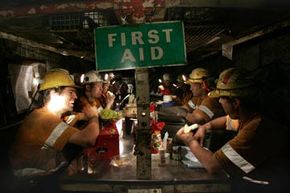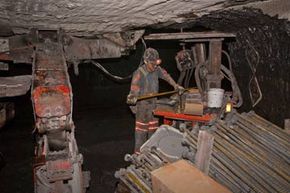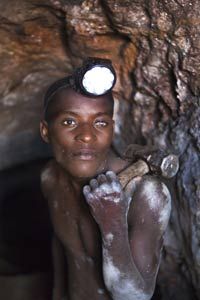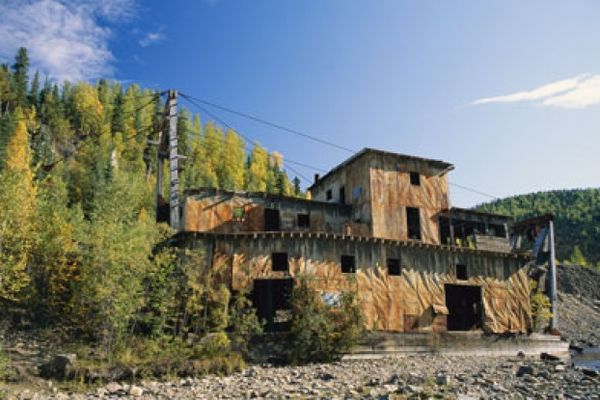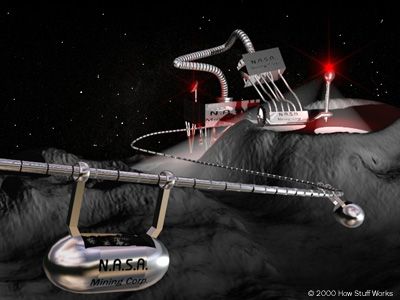In 2010, people everywhere were riveted to the story of the 33 miners in Chile trapped 2,300 feet (700 meters) beneath the Earth's surface in a copper and gold mine. The miners spent more than two months there, getting food, air and letters from loved ones through bore hills drilled to their location in a protected workroom. Meanwhile, the larger-scale drilling of an escape shaft made slow progress. Finally, on Day 69, rescuers lifted each of the miners out alive.
The saga reminded the non-mining world of a usually invisible truth. Deep beneath the surface of the Earth lie some of the most frightening factories in the world: underground mines.
Advertisement
Underground mining is the alternative to surface mining. Surface mines, like open pit mines, excavate from the top down, a method that can become inefficient at depths greater than about 200 feet (60 meters) [sources: Illinois Coal Association, De Beers]. An underground coal mine can drive 2,500 feet (750 meters) into the Earth and other types even deeper -- uranium mines can reach 6,500 feet, or 2 kilometers. But those depths are extreme; most top (or bottom) out at about 1,000 feet (300 meters) [sources: Times Wire, Illinois Coal Association].
Mining sites have changed a lot from the images we have of the 19th century when men with shovels toted canaries to make sure the air underground was not toxic. Modern mines feature extensive ventilation and water-drainage systems, high-tech communication networks and increasingly computerized machines that reduce the number of humans required underground.
All underground mines have some crucial components in common: ventilation shafts to clear toxic fumes from drilling and blasting; escape routes; access shafts to lower workers and equipment; ore-transport tunnels; recovery shafts to carry excavated ore to the surface; and communication systems to send information back and forth between the surface and the depths [source: Hamrin].
No two mines are alike, though. Technology applications and basic decisions about design and mining method rest on considerations like the type of ore body being mined, composition of surrounding rock, shape and orientation of the ore deposit, geologic features underground, and simple economics [source: United Mine Workers of America].
And, very early in the process, the determination of hard or soft.
Advertisement
